The Measurement Platform-2 (MP-2) is an advanced meter with unique selection of transient thermal conductivity sensors for a variety of applications, with a focus on primary measurements. The transient thermal conductivity sensors share similar principles of operation. The sensor wire is heated using a constant current source (q) and the temperature rise is recorded by monitoring the change in electrical resistance of the wire (THW and EFF) or by resistance temperature detector device (TLS). For samples of high thermal conductivity, resistance increases more slowly over time; for samples of low thermal conductivity, resistance increases more quickly over time.
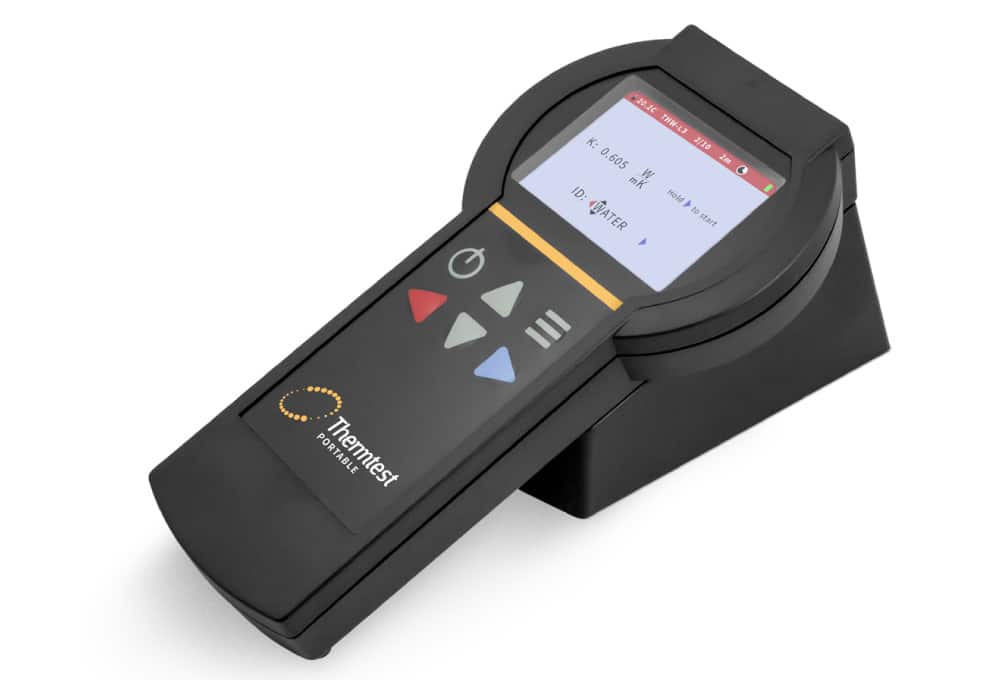
Picture 1. Thermtest MP-2 Thermal Conductivity Meter
Thermal conductivity MP-2 users benefit from the convenience and accuracy gained when using primary testing methods. The MP-2 controller auto-detects the connected sensor and loads corresponding testing parameters. Measurements are easily performed with the smart on-board software and transferred to computer with an included Windows utility program.
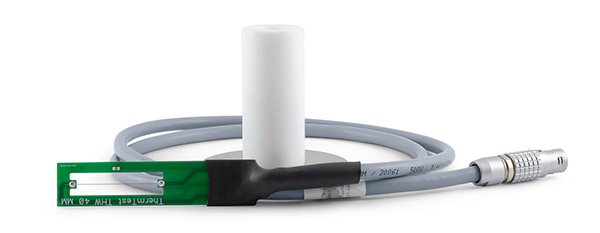
Picture 2. THW-L3 sensor and sample cell
The Transient Hot Wire – THW-L3 sensor is one of the many sensors offered with the Thermtest Portable Measurement Platform (MP-2). This sensor offers simple yet accurate measurements of liquids, pastes, and powders from 0.01 to 1 W/m·K via the transient hot wire method, and has a temperature range of 10°C to 40°C. The THW-L3 adheres with an internationally recognized standard of testing by complying with ASTM D7896-19. This sensor has a 5% accuracy and a 2% reproducibility of measurement, making it a highly accurate and precise instrument for measuring the thermal conductivity of liquids, pastes, and powders.
The THW-L3 has a detect current setting that determines the appropriate amount of current to apply based on a test measurement. By reading the result of the test measurement, a current will be set that results in an optimal temperature rise of the sample during testing. The accompanying sample holder can be filled with ~15ml of any liquid, and the sensor can subsequently be inserted into the sample holder. An alternative method of measuring the thermal conductivity of a liquid sample is to insert the THW-L3 directly into the vessel containing the sample.
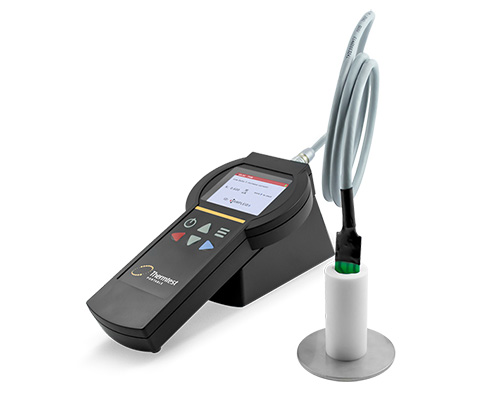
Picture 3. Measurement Platform-2 (MP-2) with the THW-L3 sensor and sample cell
Boron nitride is a fine white powder with many uses, including in the cosmetics, automotive, and aerospace industries. To test the effect of particle settling on thermal conductivity, a suspension of boron nitride in ethylene glycol was tested over 75 minutes with the Thermtest THW-L3 sensor. One gram of boron nitride was added to 40mL of ethylene glycol, then shaken until it appeared homogeneous. The mixture was then poured into a cell where the THW-L3 sensor was set up. Beginning immediately, a one-second measurement was taken every five minutes while the boron nitride particles settled. Pure ethylene glycol was also measured over 75 minutes as a control.
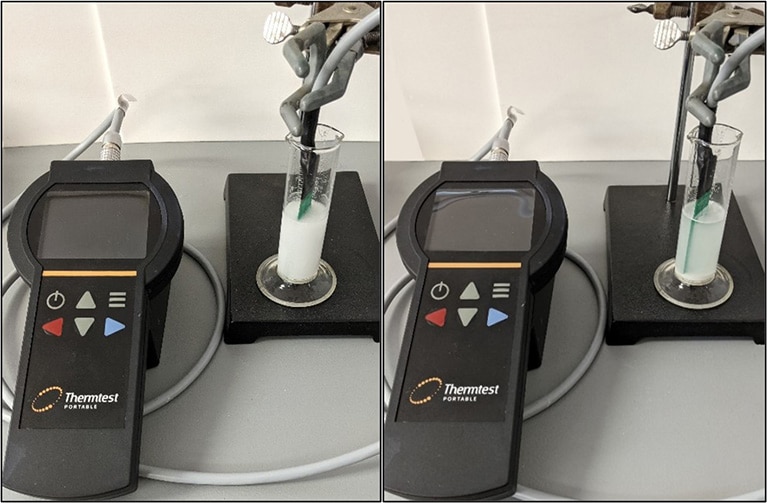
Picture 4. Set-up used to measure boron nitride suspended in ethylene glycol at the beginning of the experiment (left) and
after 75 minutes (right).
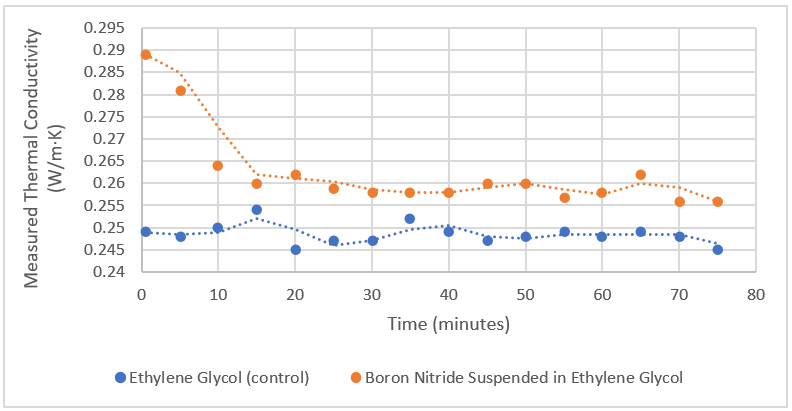
Figure 1: Measured thermal conductivity (W/m·K) of boron nitride suspension and ethylene glycol control over 75 minutes.